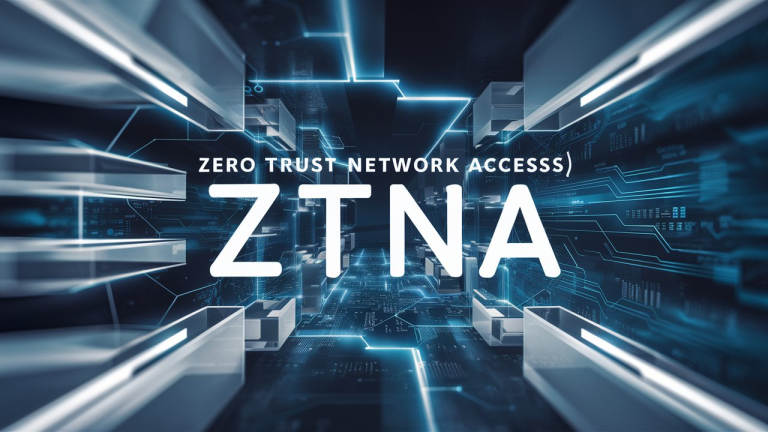Zero Trust Network Access (ZTNA): Enhancing Security in the Digital Age
Zero Trust Network Access (ZTNA): Enhancing Security in the Digital Age
- Articles
- July 8, 2024

In today’s interconnected digital landscape, traditional network security measures are increasingly proving inadequate against sophisticated cyber threats. This has led to the rise of Zero Trust Network Access (ZTNA) as a pivotal paradigm shift in cybersecurity strategy.
What is Zero Trust Network Access (ZTNA)?
Zero Trust Network Access (ZTNA) is a security framework that challenges the conventional perimeter-based security model. Unlike traditional approaches that assume trust within the network once inside, ZTNA operates on the principle of “never trust, always verify.” This means every access request, regardless of whether it originates from inside or outside the network perimeter, must be authenticated and authorized before granting access to resources.
Key Principles of ZTNA:
- Identity-Centric Security: ZTNA prioritizes identity as the new perimeter. It verifies the identity of users and devices attempting to access resources through multi-factor authentication (MFA) and identity management solutions.
- Micro-Segmentation: ZTNA segments the network into smaller, more manageable zones, allowing organizations to enforce stricter access controls based on user roles, device health, and other contextual factors.
- Continuous Monitoring: Unlike static security measures, ZTNA employs continuous monitoring and adaptive risk assessments to dynamically adjust access privileges based on real-time security posture.
Benefits of Implementing ZTNA:
- Enhanced Security Posture: By eliminating implicit trust and adopting a least-privileged access model, ZTNA reduces the attack surface and mitigates the risk of lateral movement by cyber adversaries.
- Improved Compliance: ZTNA aids in achieving compliance with regulatory frameworks such as GDPR, HIPAA, and PCI DSS by enforcing stringent access controls and audit trails.
- Flexibility and Scalability: Organizations can seamlessly scale their security measures as they grow, adapting ZTNA policies to accommodate remote workforces and cloud-based applications.
Implementing ZTNA in Your Organization:
To effectively implement ZTNA, organizations should consider the following steps:
- Assess Current Security Posture: Conduct a thorough assessment of existing network security practices and identify vulnerabilities that ZTNA can address.
- Define Access Policies: Establish granular access policies based on user roles, device types, and contextual attributes. This ensures that access rights are tailored to specific needs and risks.
- Select Appropriate Technology Solutions: Choose ZTNA-enabling technologies such as software-defined perimeters (SDP), VPN alternatives, and identity and access management (IAM) platforms that integrate seamlessly with existing infrastructure.
- Educate and Train Personnel: Promote a culture of security awareness among employees and stakeholders, emphasizing the importance of adhering to ZTNA policies and best practices.
Future Trends in ZTNA:
As cyber threats continue to evolve, the future of ZTNA is likely to embrace advanced technologies such as artificial intelligence (AI) and machine learning (ML) for real-time threat detection and response. Moreover, the integration of ZTNA with edge computing and IoT devices will further enhance security measures across diverse digital environments.
Conclusion:
In conclusion, Zero Trust Network Access (ZTNA) represents a proactive approach to cybersecurity, aligning with the dynamic nature of modern threats and organizational needs. By adopting ZTNA principles, businesses can fortify their defenses, safeguard sensitive data, and maintain operational resilience in an increasingly interconnected world.
This comprehensive guide to ZTNA underscores its significance in shaping the future of cybersecurity, empowering organizations to embrace a zero-trust mindset and safeguard their digital assets effectively.